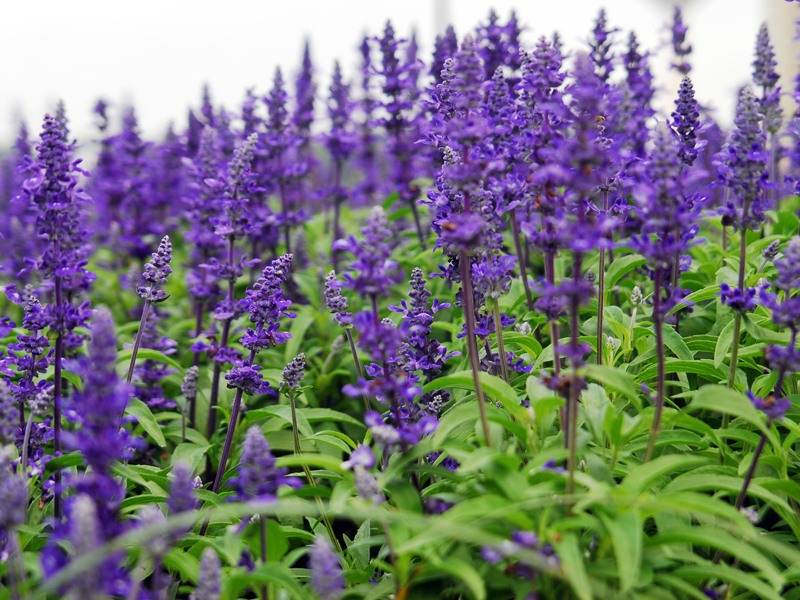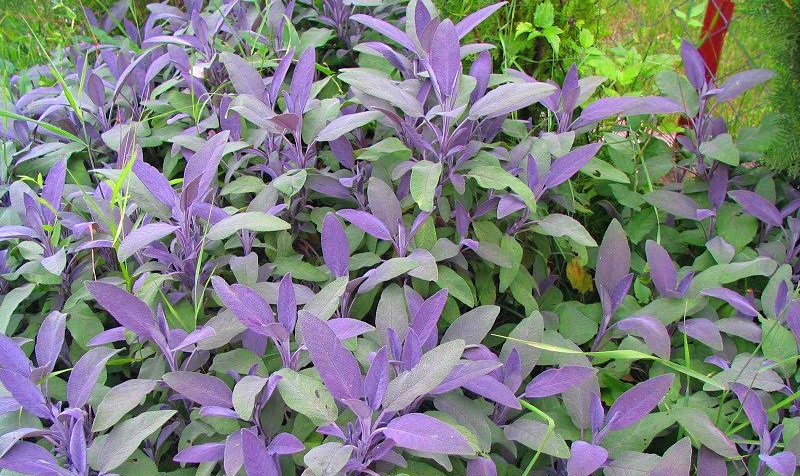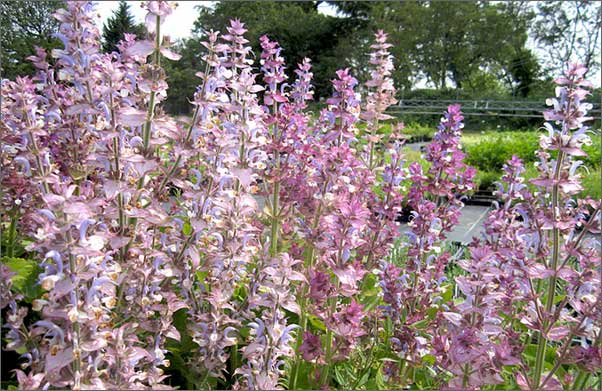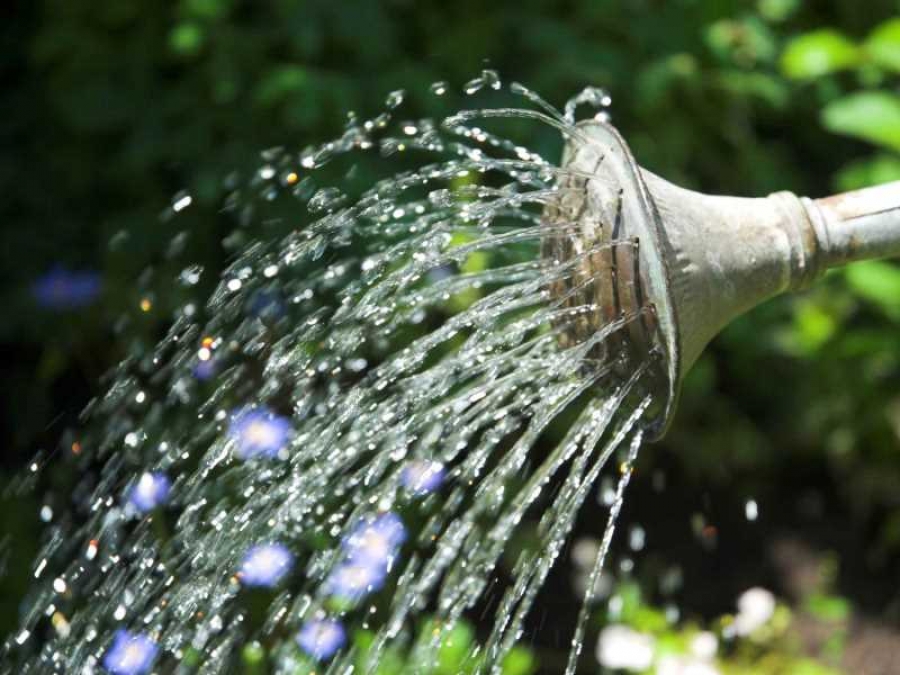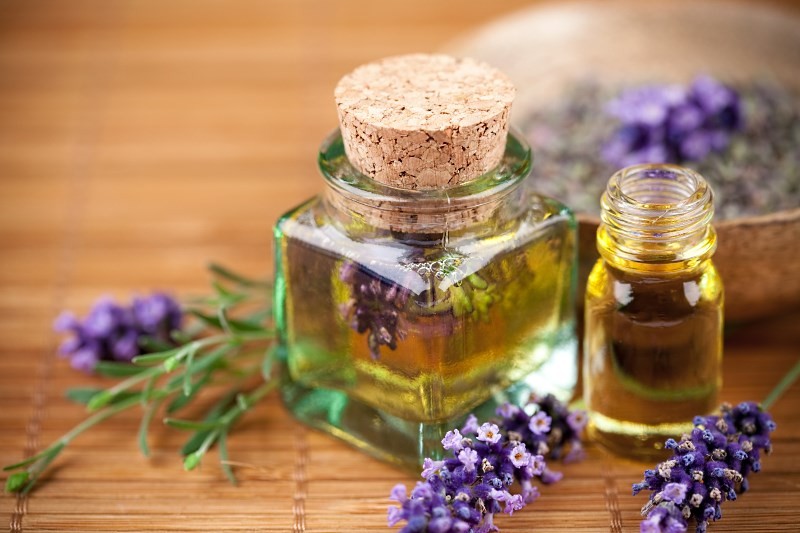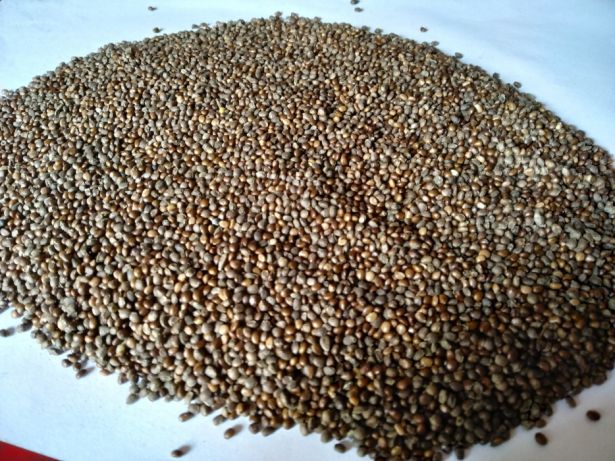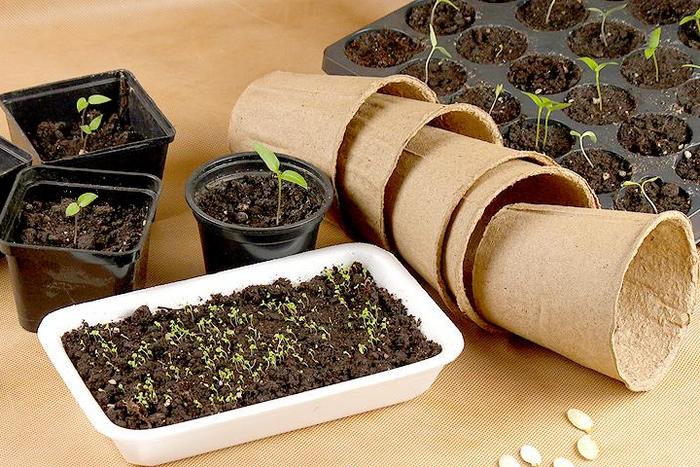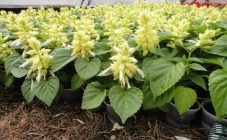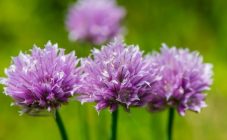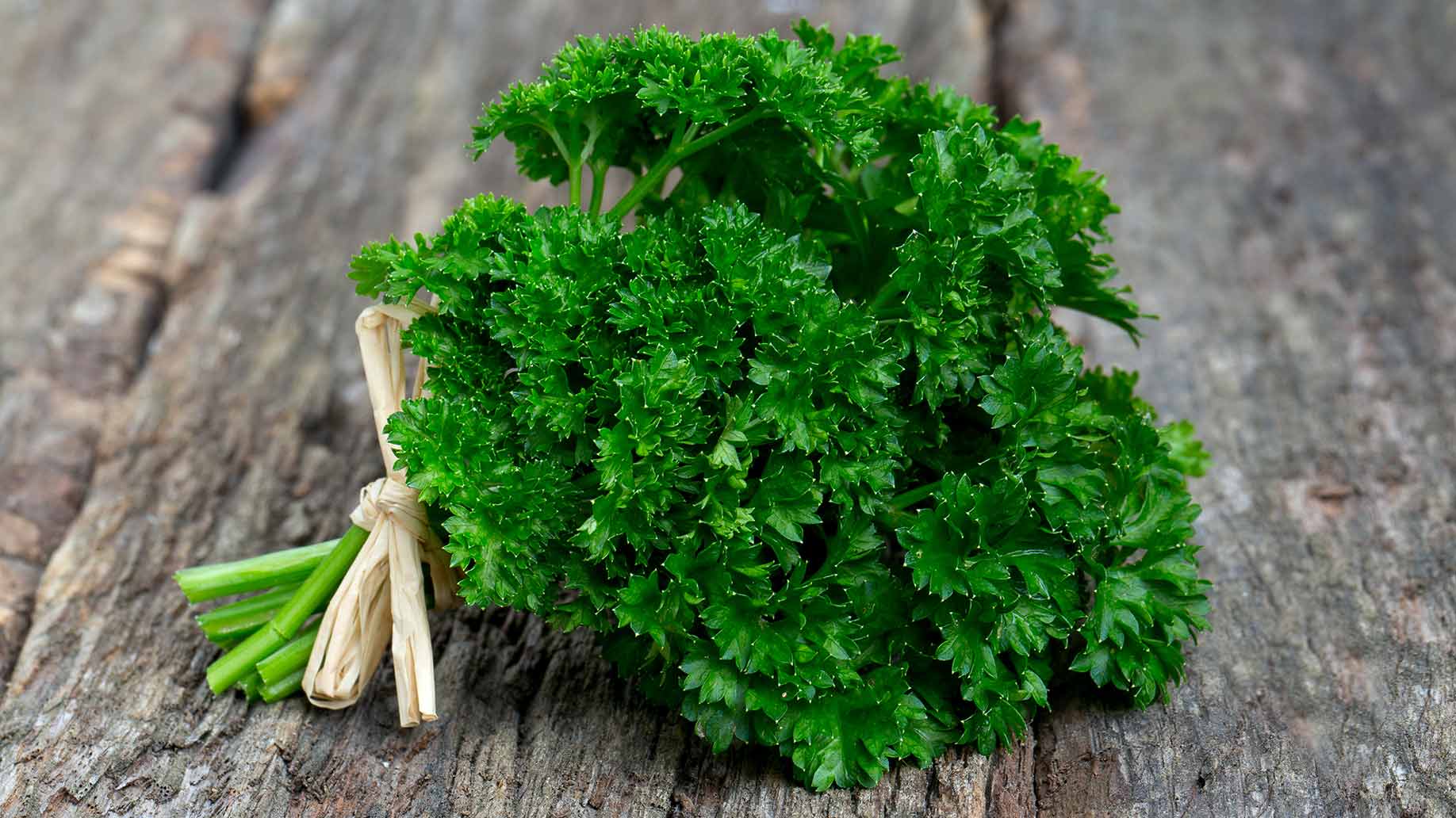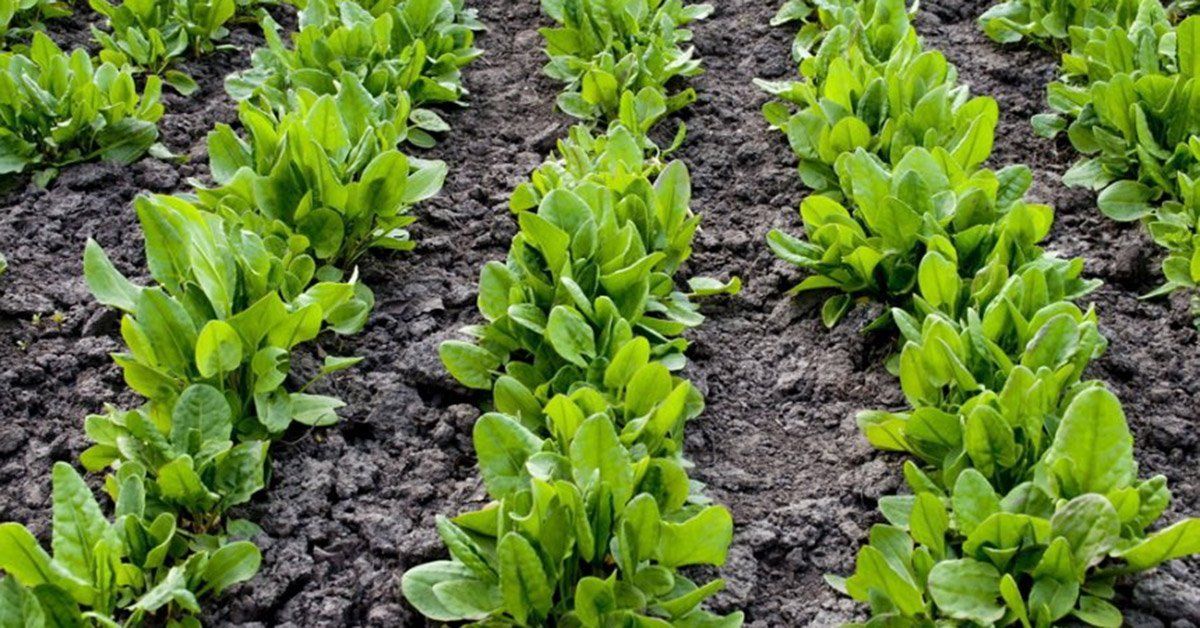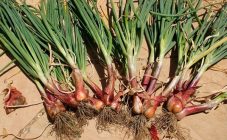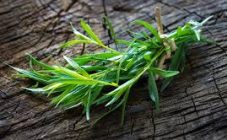Content:
Clary sage is a very ancient perennial. Since the Middle Ages, it was very popular in folk medicine and among powerful shamans, who used it in their rituals to predict the future and communicate with the dead. Some called him "the clear eye", and others "the eye of Christ." Sage received this name due to the fact that with its help almost all eye diseases were treated.
The Chinese in the 17th century appreciated this plant so much that they exchanged 1 box of sage for 3 boxes of tea. It was also popular among winemakers and brewers, as it imparted a nutmeg flavor to drinks and caused fun. But the consequences were much sadder. After such a drink, my head hurt terribly.
Features of clary sage
The homeland of clary sage is Southern Europe. This perennial plant belongs to the blue-flowered family. It has a simple description that is very easy to remember, because even an inexperienced gardener, it is easy to recognize clary sage among other useful crops. Its height reaches 1.2-2 m.
The stem of the sage is straight, tetrahedral. It has a reddish purple hue and is covered in fluffy curly hairs. The thick stem has large oval-shaped leaves with jagged edges. The closer to the top, the smaller their size becomes. The upper part of the leaves has a dark green tint, and the lower leaves are slightly grayish.
Sage flowers are found mainly in pink and lilac shades, white is more rare. They are located closer to the top. There is no need to worry about pollination, since the flowers are bisexual. The plant blooms from July to August, and in the fall, in September and October, you can see the fruits, which are 4 brown nuts.
One of the most popular varieties is clary sage Voznesensky. It is also a perennial plant, but it blooms in the first year of its life. The upper part of the inflorescence is violet-blue, and the lower part is creamy white.
The leaves of the plant are large, oval and slightly pubescent. During dry periods, they drop even more. In the first year of life, no more than 109 days pass from the growing season to full maturity. The fresh plant contains 0.25% essential oil.
Plant care rules
Although clary sage is undemanding to care for, there are still some rules in its cultivation. The main ones include:
Lighting
This plant does not like shade and dense thickets. If clary sage is planted in the shade, then it will rapidly stretch upward, and the leaves of the plant will be smaller and smaller. Also, sage, which grows in a poorly lit place, is more susceptible to various diseases.
Temperature regime
Sage is not particularly whimsical in terms of climate. He will calmly endure even a frost of about -30. But the most optimal temperature for him will be + 19-22. However, drafts when growing this plant are simply unacceptable.
The soil
Sage is planted in neutral or slightly acidic soil that contains phosphorus, potassium and nitrogen. It will survive in heavy soil, but its flowering will become much worse. Clary sage is grown both by seeds and vegetatively.
Watering
Clary sage does not like excessive moisture. However, it mostly needs watering before flowering. When it blooms, it tolerates drought more calmly, but it is better to water it if possible.
Weeding
Loosening of the soil should take place after watering, or when a crust appears. So the sage will be safely supplied with oxygen. In addition, do not forget that he does not like the neighborhood with weeds.
Shelter for the winter
To survive the winter, sage is covered with dry leaves. He does not need any special conditions.
Pruning
If you are not planning to dry the sage, then prune it in the fall or early spring. Cut off no more than 15 cm from the ground. If you want to eat sage leaves, it is best to cut them off before flowering. And the assembly of the inflorescence begins as soon as the plant blooms. Immediately at the beginning of flowering, sage is also cut, which is intended for the production of essential oil.
Harvesting
If you want to harvest the plant in summer, only the lower leaves should be cut off, and in the fall it will be already possible to harvest all the foliage.
Fertilizer
You can feed the plant with both minerals and manure.
Minerals such as:
- ammonium sulfate (15 g);
- superphosphate (25 g);
- potassium salt (10 g).
Growing methods
Clary sage, like many perennial plants, is planted with seeds and propagated vegetatively.
There are different methods of planting seeds:
- In a seedling and non-seedling way, the plant is planted in the spring.
- You can sow seeds in the fall.
- Do not forget that self-seeding is taking place.
It is important to harvest the seeds correctly. The inflorescence is cut when it is 75% ripe. The cut part of the harvested crop is hung under a canopy, and bedding is laid under the bottom, since you can skip the ripening period and the seeds will crumble.
The best option is planting seeds in autumn. They are sown in November. Before planting, the land is plowed and fertilized.
In order to grow seedlings, seeds are sown in pots at the end of March. But first they are soaked in water and when they germinate, they are sown to a depth of no more than 1 cm. Until the first shoots appear, the crop is covered with glass or foil. In May, the seedlings begin to harden, gradually exposing them to the street, to fresh air. First, they are taken out of the room for an hour, and then the time spent on the street is gradually increased.
For a seedless spring planting method, 2 weeks before planting on the garden bed, the seeds are placed in wet sand. They should stand in a warm room. When small white sprouts appear, sage is planted in open ground and covered with a film. Periodically sowing and loosen the ground.
And finally, the vegetative way. Divide the bushes in late summer. Dig up and cut off the root, treating it with a fungicide.
Plant advantages and disadvantages
Clary sage is an almost ideal plant. There are, of course, some nuances that must be taken into account when breeding this crop. Below are the main pros and cons of the plant, after studying which everyone will understand whether he likes this plant or not.
| Benefits | disadvantages |
|---|---|
| Clary sage has medicinal properties. The main ones among which are: antimicrobial action, pressure reduction, removal of vasospasm, wound healing, treatment of burns and trophic ulcers. Sage ointments are used to treat psoriasis. | This plant is attacked by 40 species of insects. The most |
| common, among which are powdery mildew, bear, sage weevils and ticks, winter scoop. All of them do not mind eating sage, but the sage mosquito is a real threat to the culture, which is capable of destroying entire plantations of this plant. | |
| The plant can be used for decoration. It can be used as a background crop against a background of low plants, as well as planted along the edges of the curb. | It is necessary to exterminate pests only with the help of gentle biological agents, since strong chemicals can cause serious harm to human health. |
| Undemanding in terms of care, because it does not need frequent watering. | Clary sage is not recommended for use by pregnant or lactating women. There are also contraindications for its use for people who suffer from nervous disorders, or have serious problems with the work of internal organs. |
| Can easily survive the winter. It will be enough to cover it with dry leaves. | Since sage causes a feeling of relaxation and pleasant fatigue, it should not be consumed before a long drive. |
| Clary sage is a perennial plant, although it bears great resemblance to its annual relatives. | It prefers well-lightened places, so the culture should not be planted somewhere in the shade among the trees. |
| It is popular in scientific and folk medicine, as well as in the wine, culinary and perfumery fields. | |
| In cooking, clary sage is used both fresh and dry. Young leaves are popular as a spice for salads, vegetable and fish dishes. In dry form, the plant also retains its useful properties, therefore it is harvested for seasoning first and second courses. Culture not only gives food a flavor, but also adds a bitter-spicy note. |
As you can see, clary sage is a unique plant that won't be a hassle. And it will definitely take its rightful place in a flowerbed or garden bed in the country. The main thing is to take into account the recommendations given and take care of it.
